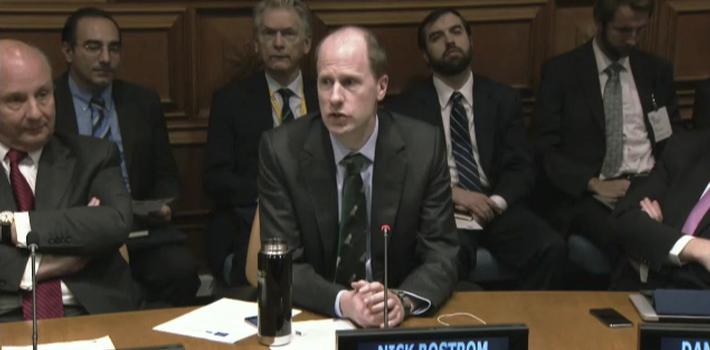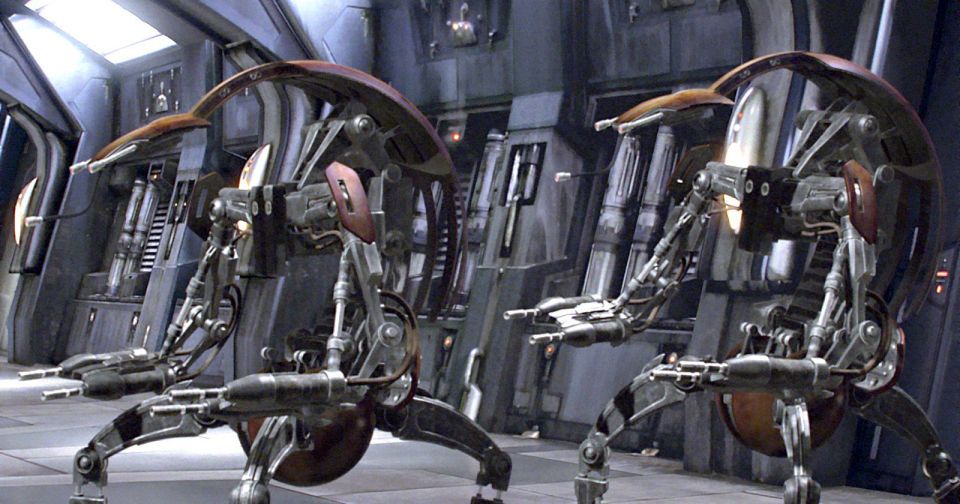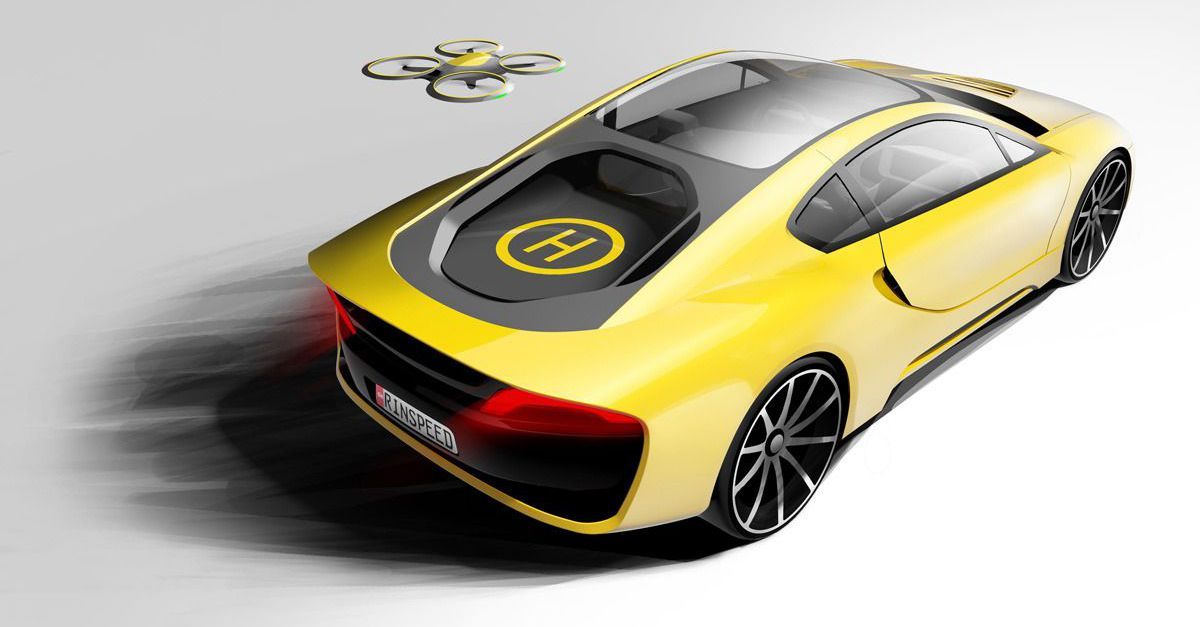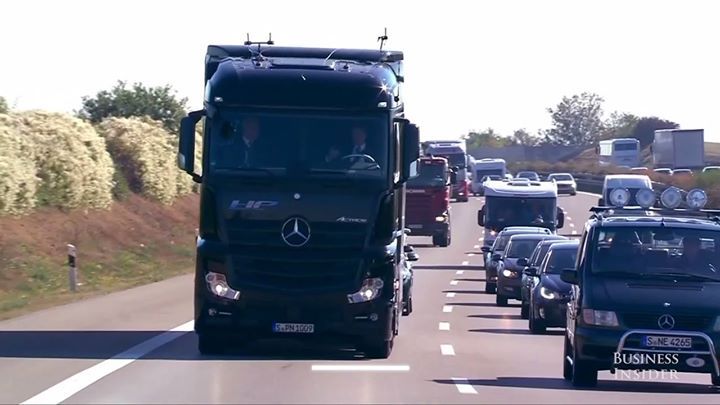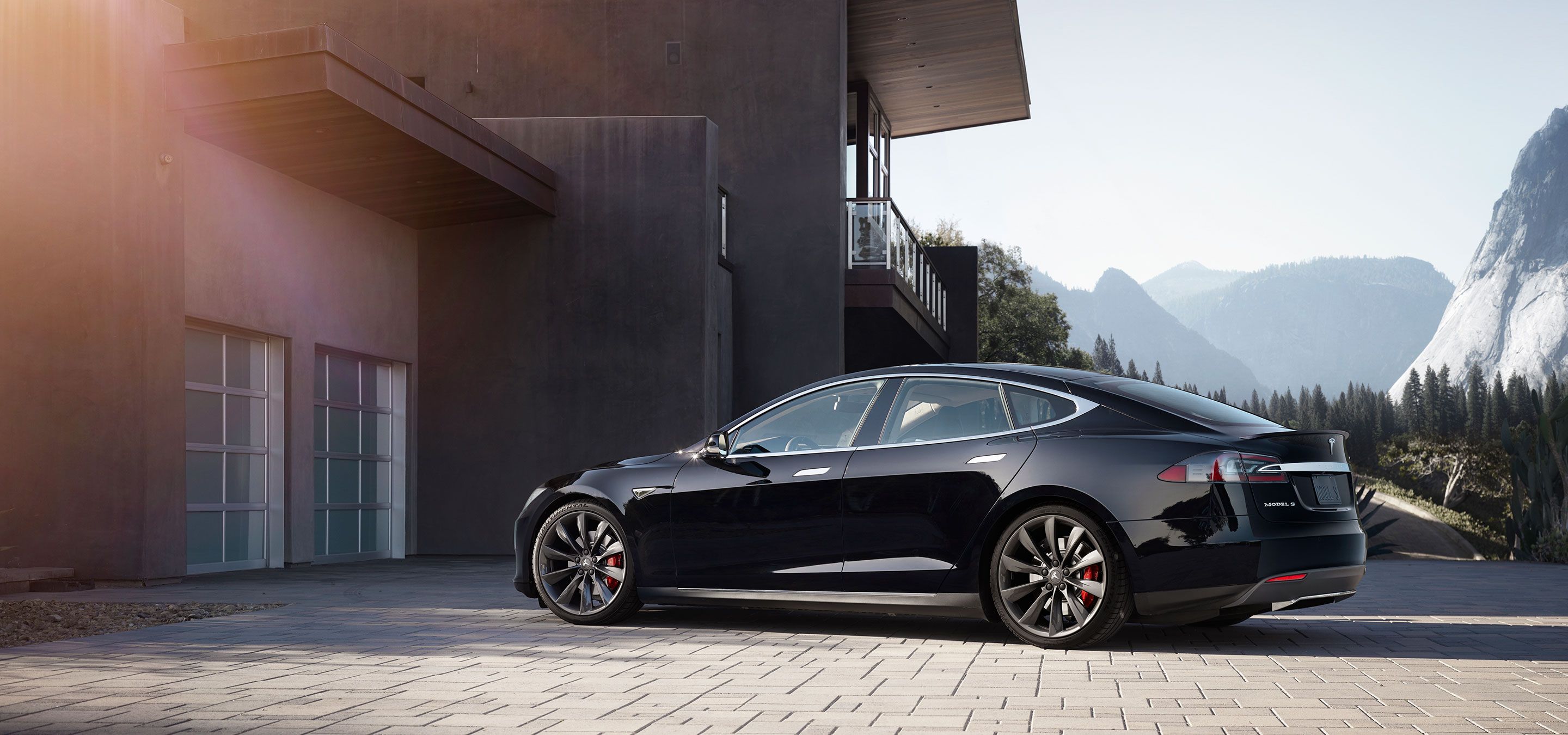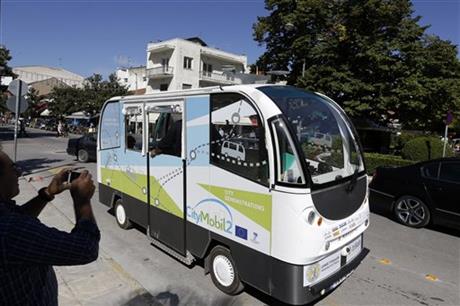Professor Nick Bostrom briefed political representatives from around the world on the national and international security risks posed by artificial intelligence and other future technologies at a UN event last week.
Professor Bostrom, Director of the Future of Humanity Institute, Oxford Martin School, was invited to speak at a special side event examining the challenges posed by chemical, biological, radiological and nuclear (CBRN) materials and weapons, held during the UN’s 2015 General Assembly meeting.
The event was organised by Georgia’s UN representatives, in collaboration with the United Nations Interregional Crime and Justice Research Institute (UNICRI), with the aim of understanding the implications of new technologies, ensuring responsible development and mitigating against misuse.
